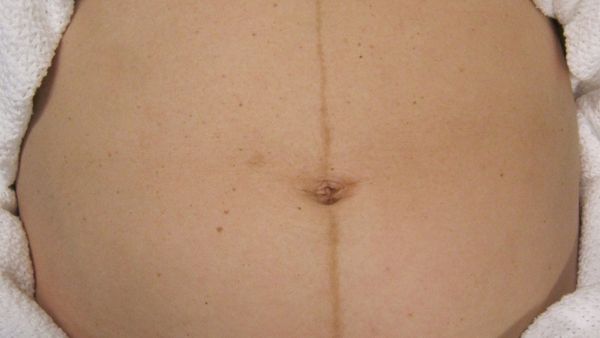
In a world increasingly guided by scientific explanation, there's one area where even the most rational minds might indulge in a little mythology: pregnancy. Perhaps it's the lasting sense of mystery surrounding the creation of a new life. Or maybe excited parents-to-be have trouble waiting for (expensive) medical confirmation of details like gender, which is typically revealed by ultrasound as early as 14 weeks, but typically around 18 to 21 weeks. Twenty-one weeks can be a long time to wait.
Or maybe it's just fun to speculate while you're sitting around watching your belly grow.
Advertisement
No matter the cause, clearly there's something appealing about gender-predicting old wives' tales, because there are dozens of them. There's the heart-rate method, the ring-swing method, the "how sick are you" approach and Chinese lunar predictions, not to mention determinations based on keys, acne, dreams, skin tone, food cravings and Drano.
But perhaps the most popular of all "girl or boy" methods is the "high or low" determination. It typically goes: If the woman is carrying high, it's a girl; if she's carrying low, it's a boy.
This approach is so pervasive, you've probably heard it even if you've never been pregnant or been close to someone who's pregnant. People who would never swing a ring over a woman's belly to determine the sex of the fetus might give credence to the "how's she carrying" approach.
Can so many people over so many generations be wrong?
In this article, we'll find out if you really can determine gender from how a woman is carrying — and we'll talk about what "carrying high or low" even means. We'll also check out some other old wives' tales that claim to know the answer to that age-old question: boy or girl?
Of all the myths surrounding pregnancy, this approach to gender determination sounds like one of the more logical ones. But is it?
Advertisement



